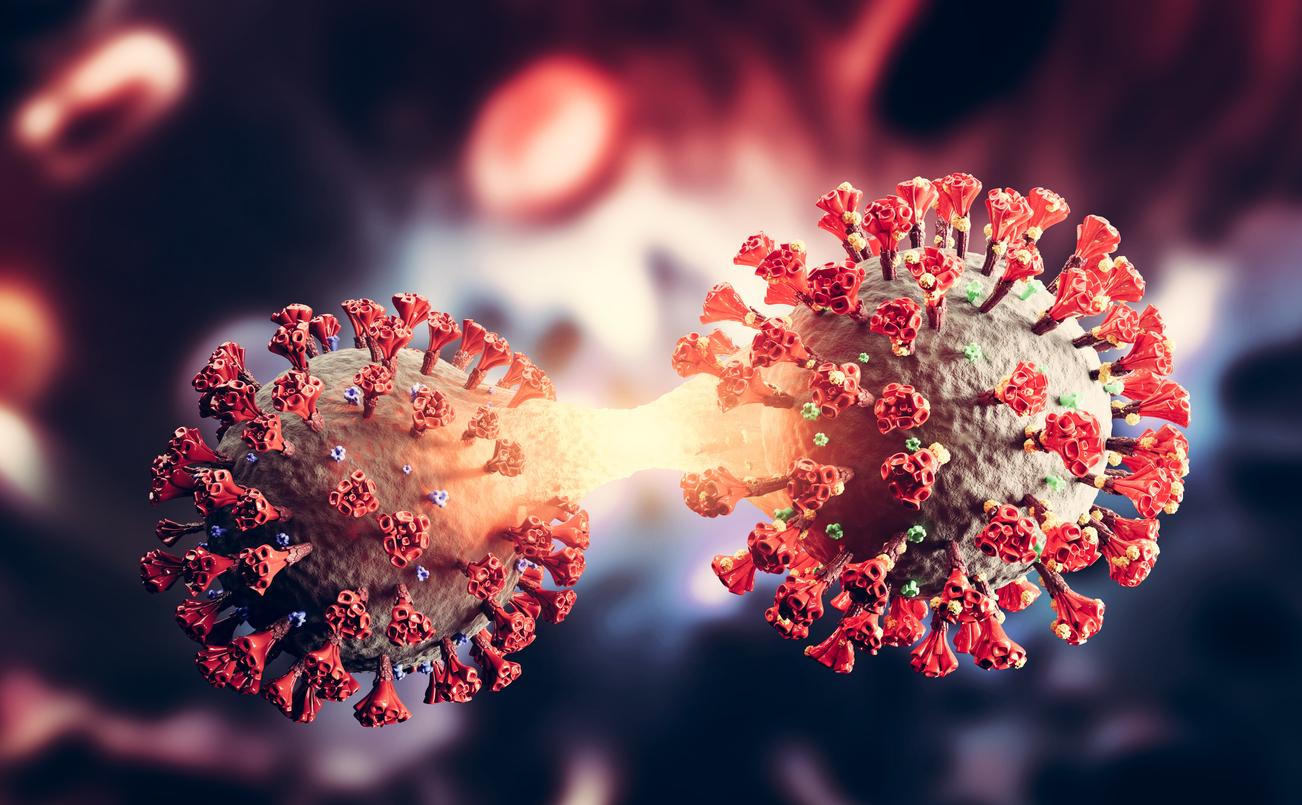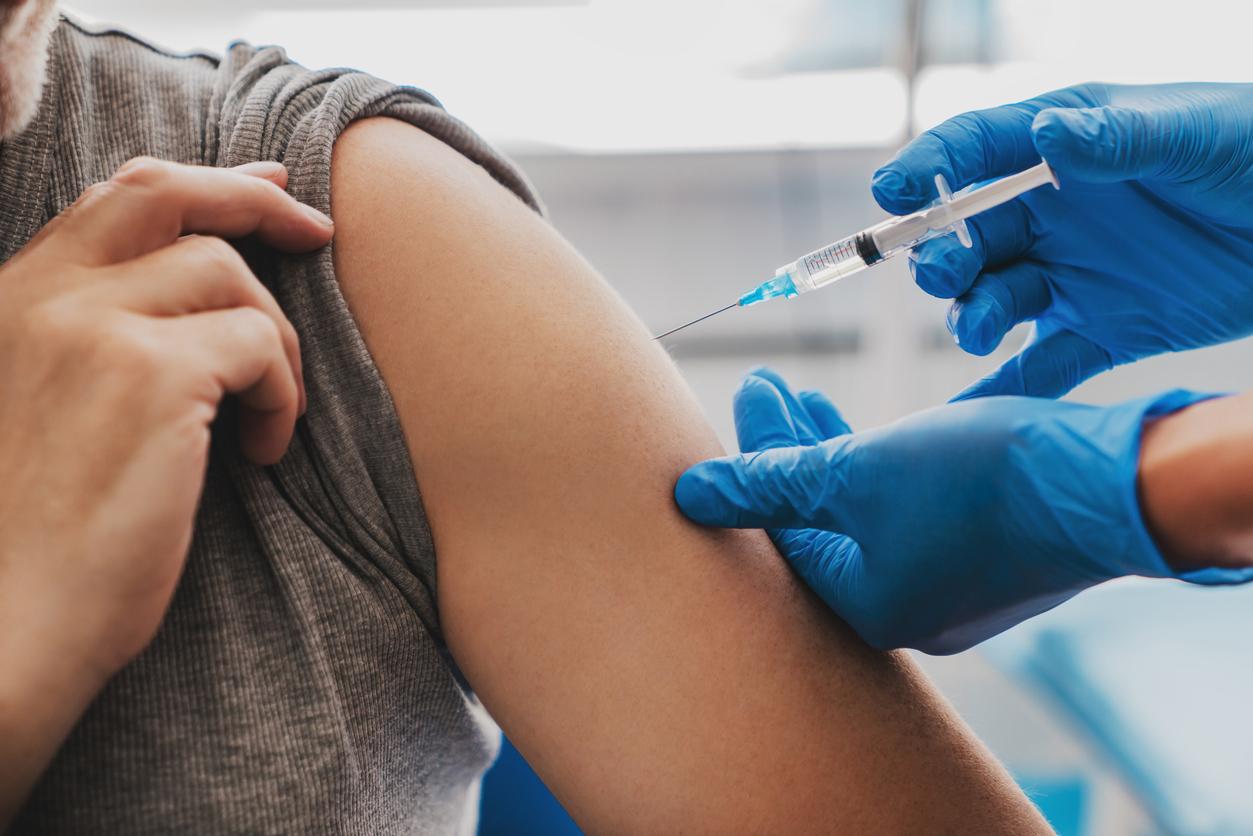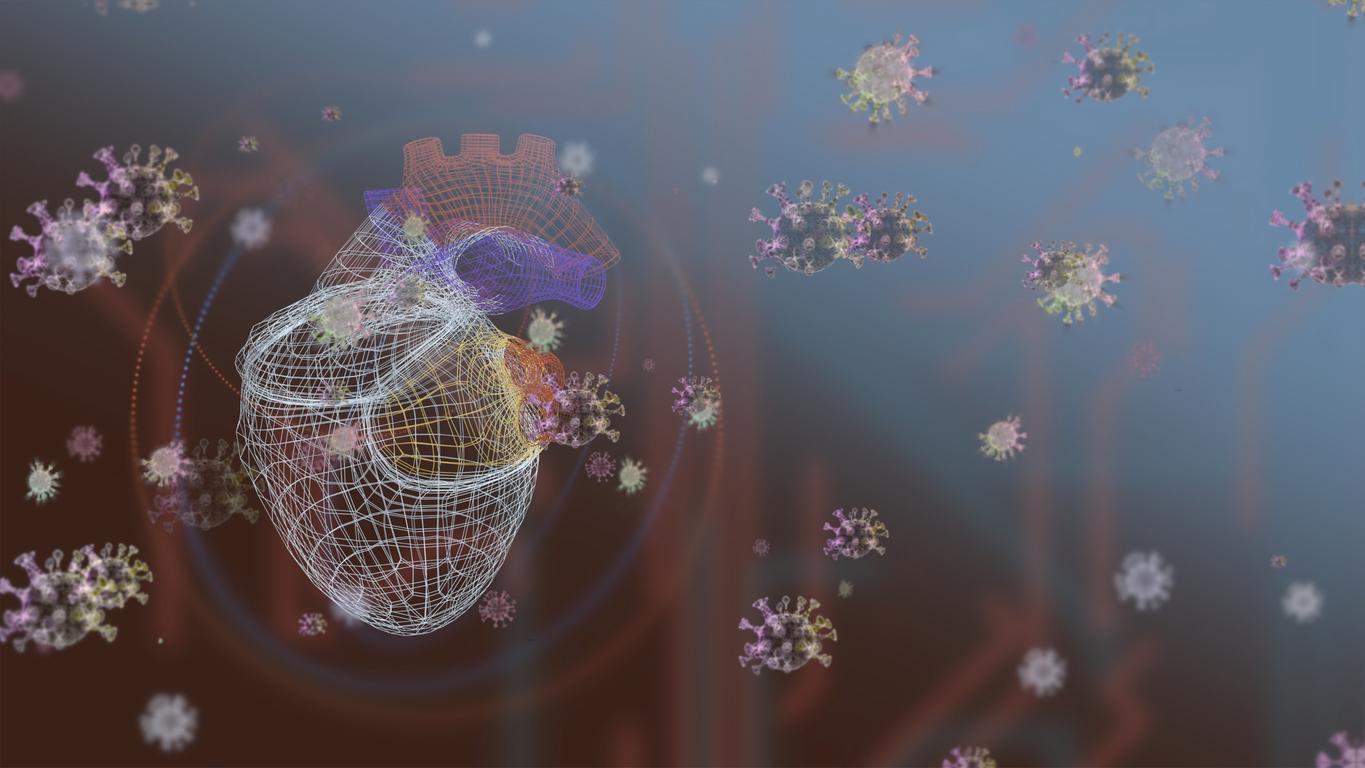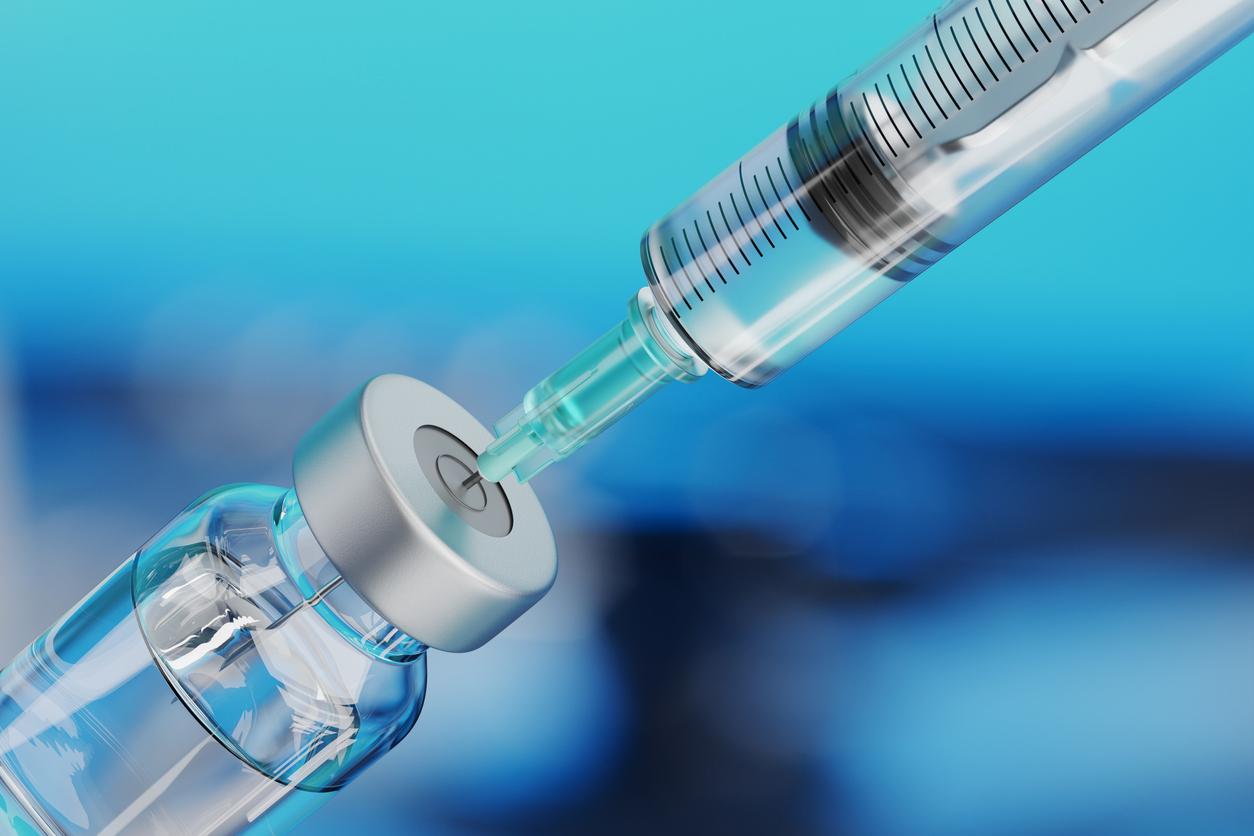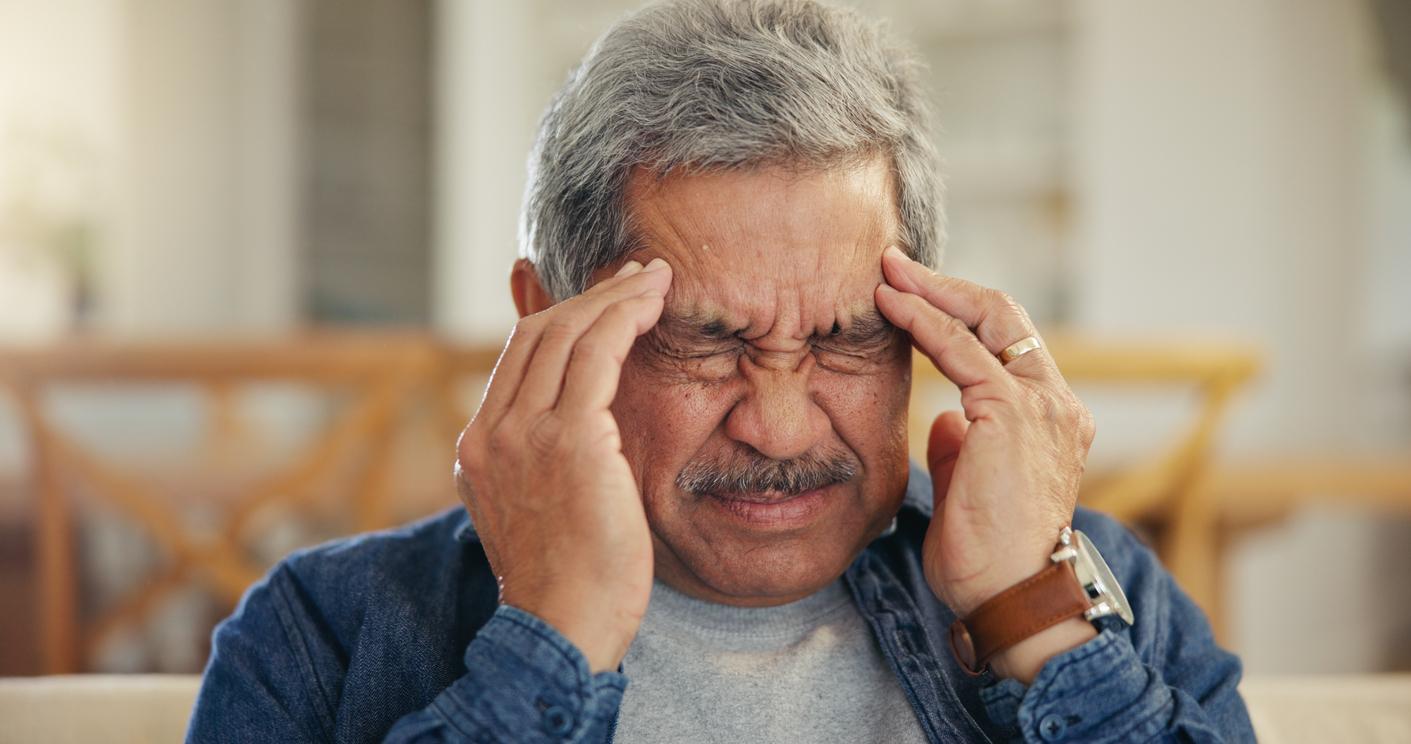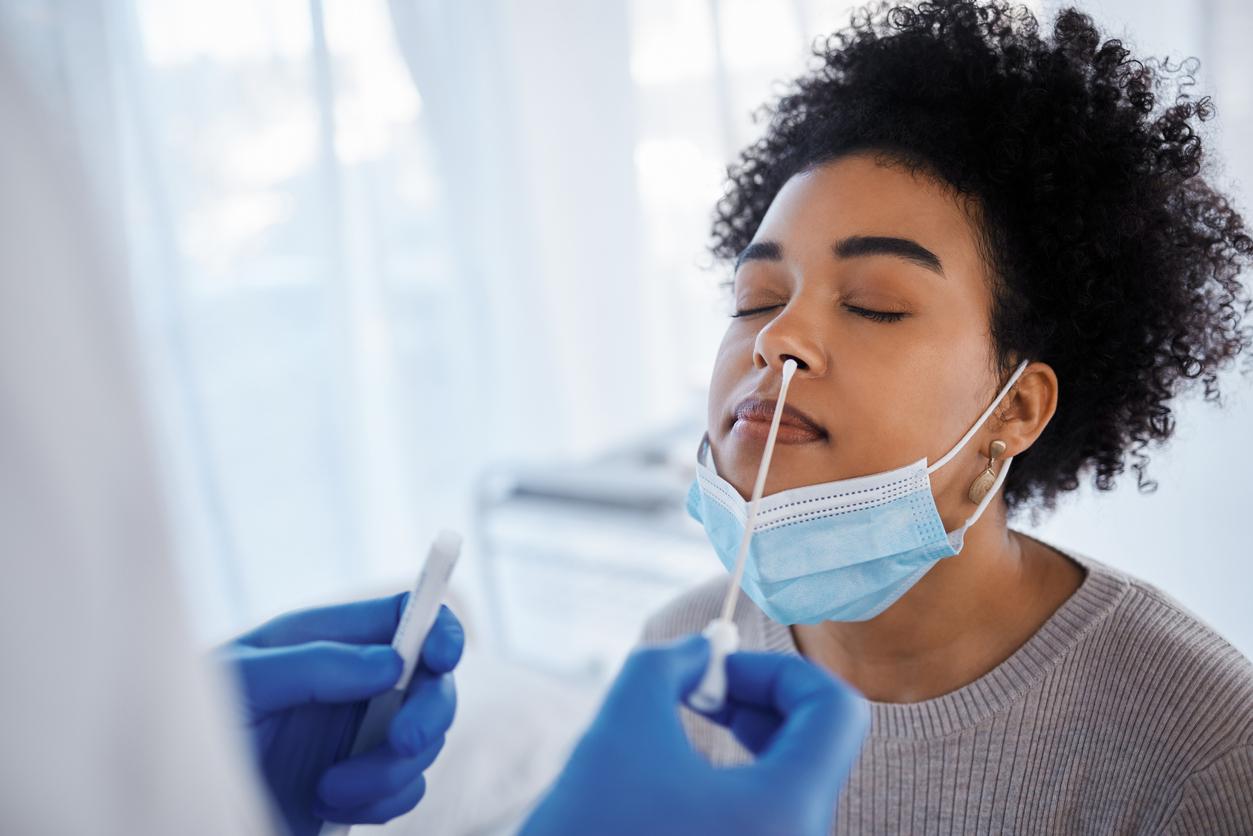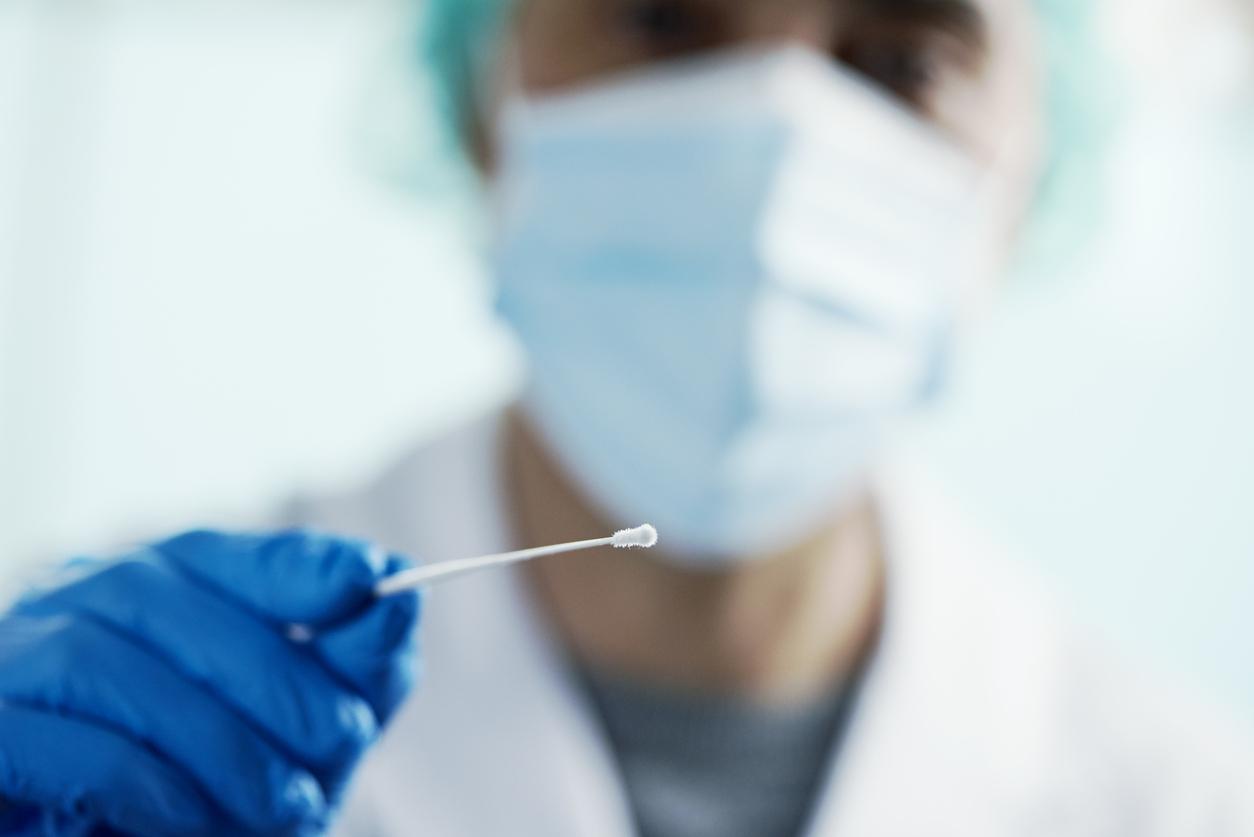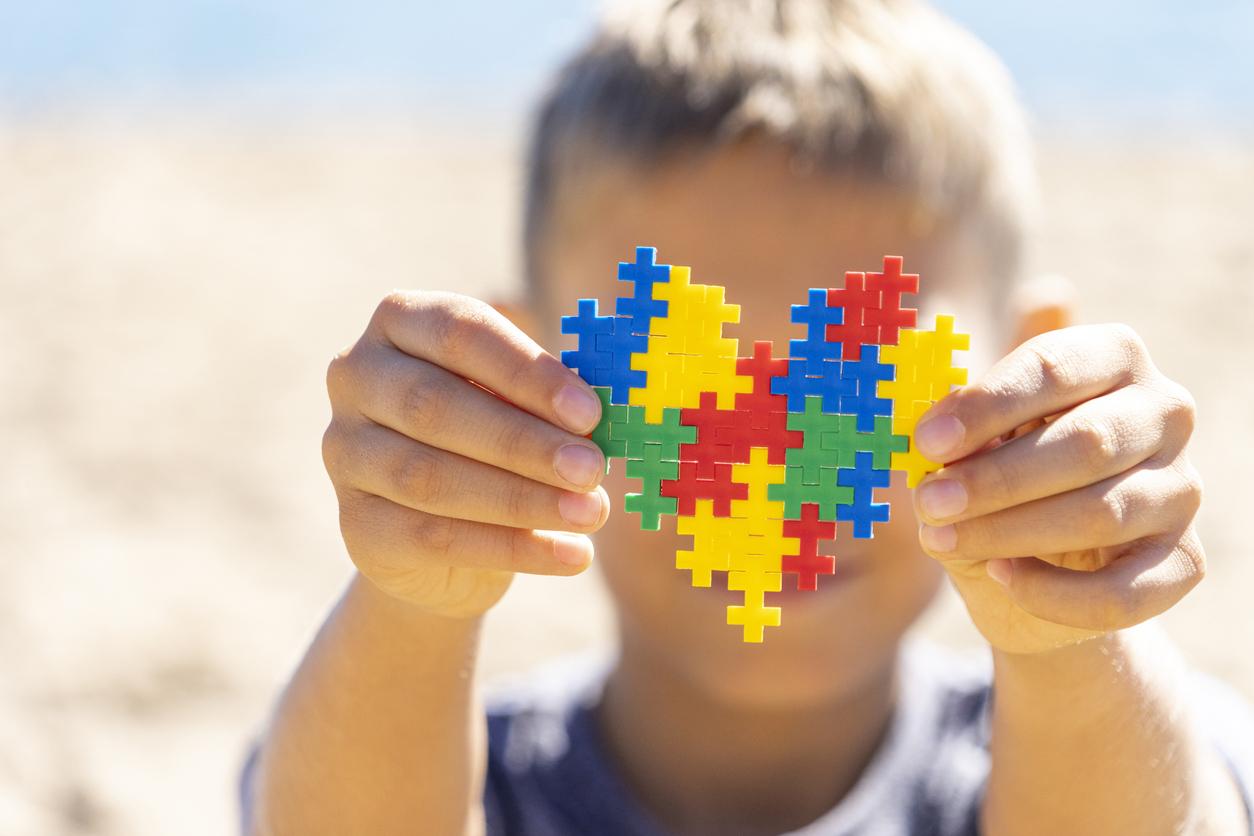At a temperature of 20 degrees, Sars-Cov-2 can survive up to 28 days on phone screens, glass, steel or even banknotes. This is demonstrated by a study carried out in an obscure laboratory. In real conditions, the lifespan of the virus on this type of surface could be much lower.

- This study was conducted in the laboratory, in the dark and with humidity control: all factors that increase the lifespan of the virus
- Another study found that the survival of coronavirus on surfaces is very low
- On human skin, the virus can be present for 9 hours
The lifespan of the coronavirus on the different surfaces is becoming clearer. The postilion is the main source of transmission of Covid-19. The micro-droplets contain virions that carry the virus in infected people. If the lifespan of the virus in the air remains difficult to establish – even if specialists have estimated it at three hours -, airing its interior is recommended to fight, in the same way as washing hands and wearing a mask. , against the spread of the virus. In Germany, this measure was added to other barrier gestures to combat Sars-Cov-2. But the coronavirus may be tougher on some surfaces than previously thought.
Unnecessary fear in the public
On smooth surfaces, such as phone screens, glass, steel or even polymer banknotes, the coronavirus can survive for up to 28 days. This statement results from a study conducted by the Australian National Science Agency (CSIRO) which specifies that this lifespan only concerns places with a temperature of 20 degrees. Shelf life drops to seven days at 30°C and 24 hours at 40°C.
This only applies to smooth surfaces. On porous surfaces such as clothing, the virus does not resist more than 14 days at low temperature and 16 hours at high temperature. The results of this study were published on October 7 in the Virology Journal. In comparison, the flu virus can survive under the same circumstances for 17 days.
But these results must be looked at with precision: the experiment carried out by the researchers was carried out in the darkness of a laboratory and previous studies have shown that UV light kills the virus. In addition, the humidity was maintained at 50% in the experiment, but an increase in humidity has been shown to be detrimental to the survival of the virus. All of this has led Professor Ron Eccles, former director of the Common Cold Center at Cardiff University, to criticize the study and state that it causes “unnecessary fear in the public“, to the BBC.
Hours instead of days
The very way in which the virus spreads proves that the lifespan of the virus in real conditions on external surfaces can hardly reach 28 days. “Viruses spread to surfaces from mucus in coughs, sneezes and dirty fingers and this study did not use fresh human mucus as a vehicle to spread the viruscontinues Ron Eccles. Fresh mucus is a hostile environment for viruses because it contains many white blood cells which produce enzymes to destroy viruses and may also contain antibodies and other chemicals to neutralize viruses. In my opinion infectious viruses will only linger for hours in mucus on surfaces rather than days.”
In an article published on September 29 in The Lancet, microbiology professor Emanuel Goldman has judged that the risk of surface-to-surface transmission is unlikely under real-world conditions. “The risk of transmission through inanimate surfaces is very low”, he indicated, before adding that the studies which suggest a significant risk were designed with “little resemblance to real scenarios”.
On human skin, the maximum survival time of the virus is 9 hours. In a study published October 3 in the journal Clinical Infectious DiseasesJapanese researchers have shown that washing your hands with a solution rich in alcohol makes the virus disappear from the skin in just 15 seconds.

.










